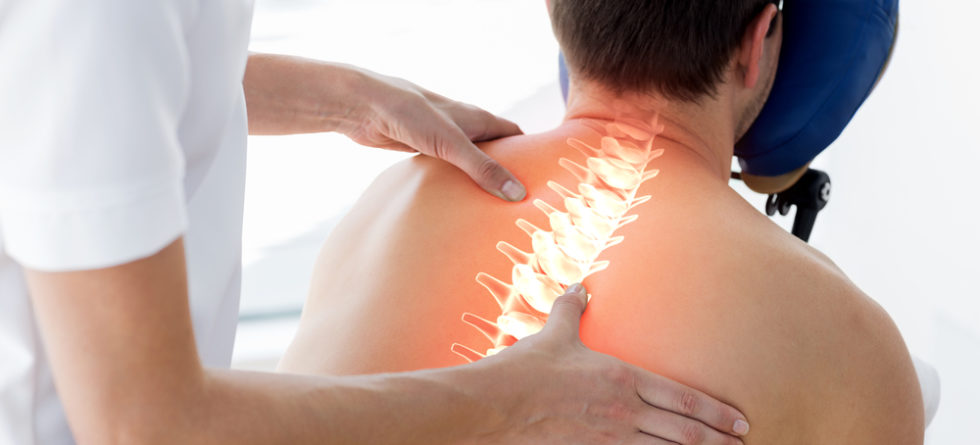The most common treatments for spinal stenosis, a condition characterized by the narrowing of the spinal canal, are typically non-surgical and focus on symptom management. The choice of treatment depends on the severity of the condition, the specific symptoms, and individual patient factors.
Common treatments for spinal stenosis include…
- Physical Therapy – Physical therapy is often a key component of treatment. A physical therapist can design a customized exercise program to improve flexibility, strengthen muscles, and promote better posture. Physical therapy can also include modalities such as heat, cold, ultrasound, and electrical stimulation for pain relief.
- Medications – Over-the-counter pain relievers, nonsteroidal anti-inflammatory drugs (NSAIDs), and prescription medications can help manage pain and inflammation associated with spinal stenosis. Muscle relaxants may be prescribed to alleviate muscle spasms.
- Epidural Steroid Injections – In some cases, healthcare providers may recommend epidural steroid injections. These injections deliver corticosteroids and local anesthetics to the affected area to reduce inflammation and relieve pain.
- Lifestyle Modifications – Lifestyle changes, such as maintaining a healthy weight, staying active within the limits of your condition, and using proper body mechanics, can help alleviate symptoms.
- Assistive Devices – A cane or walker can provide support and stability for individuals with spinal stenosis, especially when walking.
- Bracing – Depending on the severity and location of the stenosis, a back brace may be recommended to provide additional support and stability.
- Acupuncture and Chiropractic Care – Some individuals find relief from spinal stenosis symptoms through alternative therapies like acupuncture or chiropractic adjustments.
- Education and Self-Care – Learning about your condition and how to manage it through self-care techniques, such as postural awareness and pacing activities, can be beneficial.
Surgery is considered when conservative treatments do not provide relief and the individual’s symptoms significantly affect their quality of life. Surgical options for spinal stenosis may include laminectomy, laminotomy, or spinal fusion.
The choice of treatment should be individualized based on the patient’s specific condition, the severity of symptoms, their overall health, and the recommendations of healthcare providers. A comprehensive approach to treatment, often involving a combination of the above modalities, is typically the most effective way to manage spinal stenosis and its associated symptoms.




